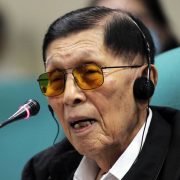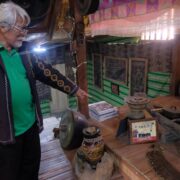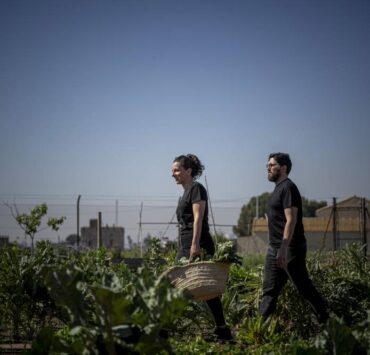You should get this bone test done before 40
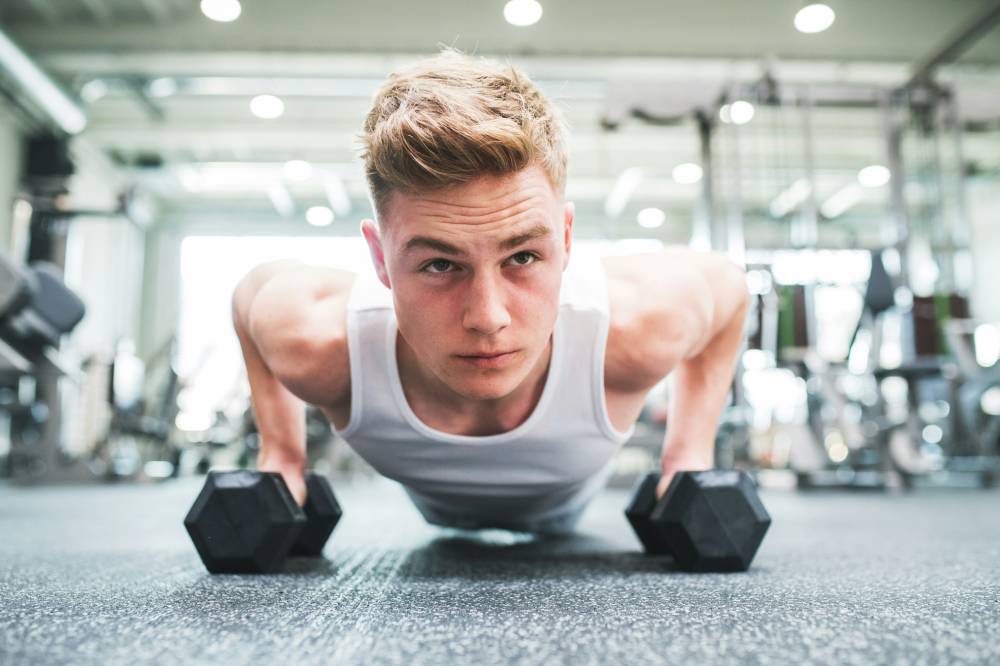
One thing I’ve always heard about but never really experienced secondhand was the reality that bones will break when you get older. I’ve heard the stories, but no one around me ever really had a bad fall—until my father broke his own hip making a simple dismount from his bike.
I didn’t even know it could get pretty bad, as a study has shown that 65 percent of people who break a hip could die within six months. As I near my own 40s and slowly feel my body aging in ways I’ve yet to fully grasp, I’ve made a commitment to try and still be as strong as I can.
So it’s no surprise that this bit of medical advice caught my eye: In a recent episode, doctor and popular podcaster Peter Attia advocates for getting something called a bone mineral density (BMD) scan once they hit their 40s. Usually, this is reserved for adults in their 70s and above, as it’s known that the more you age, the weaker your bones get. But Attia claims that there’s a real advantage in learning your bone’s mineral composition earlier.
First, what is bone mineral density? It’s exactly what it says on the label, as it’s the measure of how much mass your bones have. The science is basic: the less dense your bones are, the more likely you are to fracture them. Men have more BMD on paper, but because women are typically shorter, they have greater density in the context of volume.
BMD will peak in your 20s and potentially keep improving until you’re 30, but after that it reaches a block, and will decline after your 40s or 50s. Attia says you’d want to know if your BMD is already decreasing as early as possible, especially if you feel or know that you are at a high risk of osteoporosis or osteopenia (a condition where BMD is low).
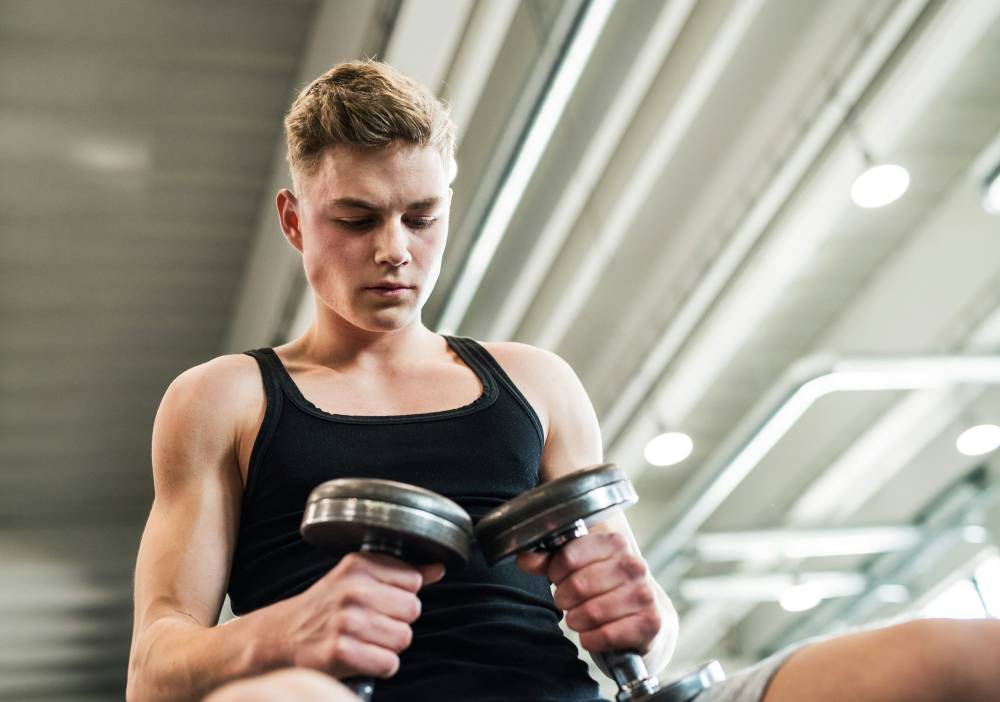
“The typical recommendation for high-risk people is to be 50, but typically 65 is when they want to screen women; for men it’s 70, follow-up scans no more than every two years. For someone who is at serious risk of osteoporosis, we can adjust those and come down. The World Health Organization recommends screening by the age of 40. I tend to be closer in my thinking to the WHO,” said Attia on his podcast.
“When we’re looking at a 35-year-old patient and their Z-score [on their DEXA scan] is already -1, that’s already concerning to me,” he continues. The Z-score on a DEXA bone density scan refers to your BMD compared to the average of people your own age, sex, and ethnicity. Scoring low that young means your bones are already in danger, and you’ll already need to get a jump on improving your bone health before a bad fracture happens.
Fortunately, Attia has already looked at the ways you can improve your BMD. The studies he’s found show that resistance training—specifically powerlifting—is really the best way to retain BMD versus aerobic exercises like running, swimming, and cycling, and even high-impact workouts like jumping.
“Powerlifting turned out to be even more effective than just regular strength training in maintaining BMD in post-menopausal women,” he says, saying that the science driving this is also relatively simple. “The more force a muscle is applying to a bone, which is directly related to how much force you’re trying to put on a muscle, you’re applying force to the receptors, and the receptors are translating that tension into signals that say, ‘lay down more bone.’”
And the good thing about that recommendation is that it’s never too late to start lifting, if you haven’t already started. As powerlifting is one of the best ways to retain BMD, you can just start with the “big three” basics of the bench press, squat, and deadlift and build from there.
Ironically, you also don’t want to lose too much weight, as there’s a negative correlation between weight loss and a decrease in BMD, especially when you’re only cutting via dieting and caloric deficits. If you’re trying to lose weight, you’ll also want to lift more to retain lean muscle tissue. “When you look at people who are [losing weight] in combination with significant exercise, they actually tend to gain BMD,” Attia concludes.
If you’re already a regular weightlifter, though, you’ll also want to shore up your BMD with the proper nutrition and supplementing. Attia recommends calcium (1,000-1,200 mg), vitamin D (20-25 mcg), and magnesium (300-500 mg), which you can get from dairy, salmon, broccoli, eggs, spinach, soymilk, and more as well as supplements.
So I hope this article struck a little fear in you when it comes to the health of your bones—as I’ve come to learn over time, most of us don’t end up physically fit and able our entire lives, so we’ve got to do what we can to beat back the effects of aging. I’m actually about to go pour myself a glass of milk right now.








